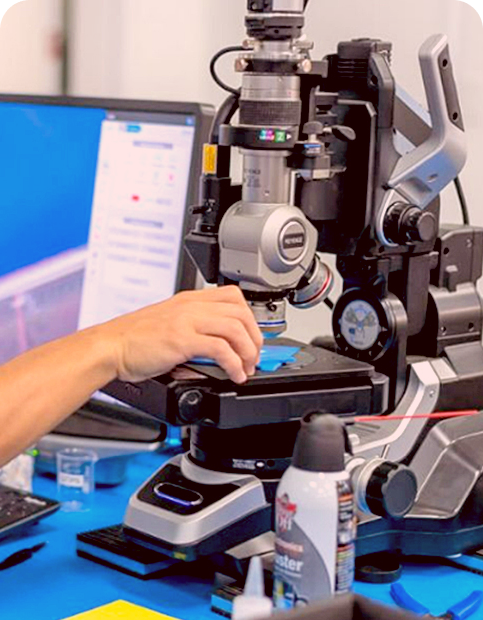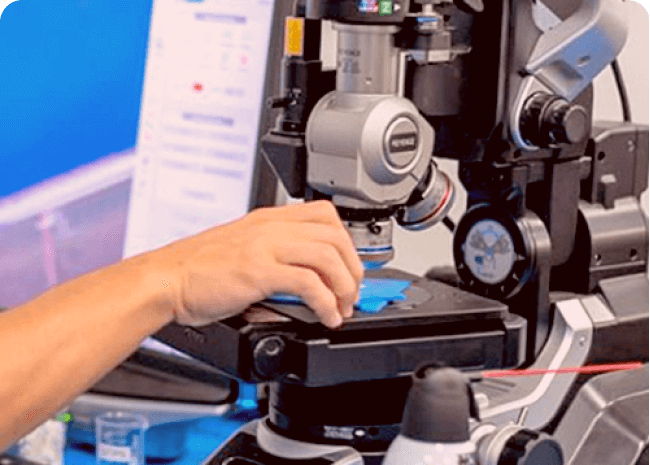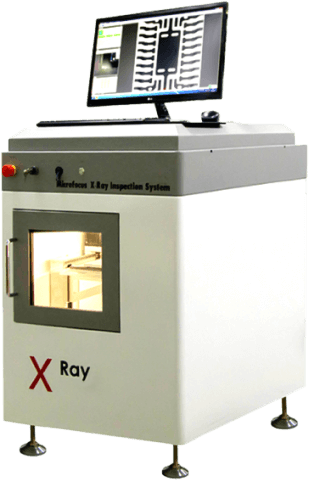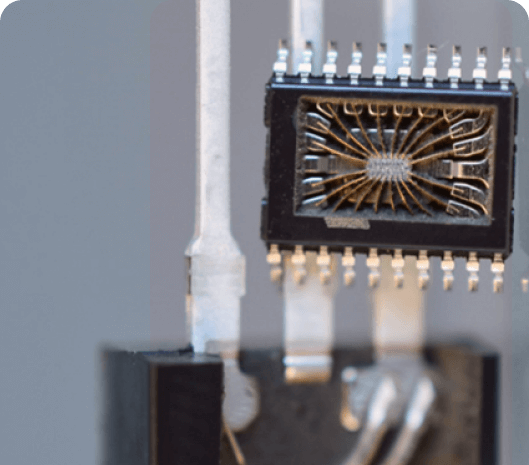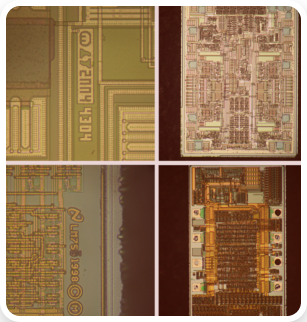EXTERNAL VISUAL INSPECTION
This inspection verifies the characteristics of electronic parts to evaluate quality and originality. This includes inceptions such as the condition of the components, part markings, evidence of a secondary coating, lead conditions, dimensions and surface quality. Visual inspection is non-destructive and performed per SAE AS6081 and MIL-STD-883 Method 2009.9 and on a sample of parts from a given lot base on the sample according to the ANSI ASQE Z1.4 Table II−A. Common things generally looked for during a visual inspection test of an Integrated Circuit device include:
- Packing material / External visual inspection (MSL; ESD)
- Chemical Removal Test
- External Microscopic Inspection
- Components Cracks,Scratches & Contaminants verification
- Top Surface Consistency
- Surface Finish
- Pins Alignment
- Pin One Indicator
- Pins oxidation detection
- Dimensions
- Font and Logo Consistency
- Traceability digital records kept of all goods inspected
- Physical Removal Test
